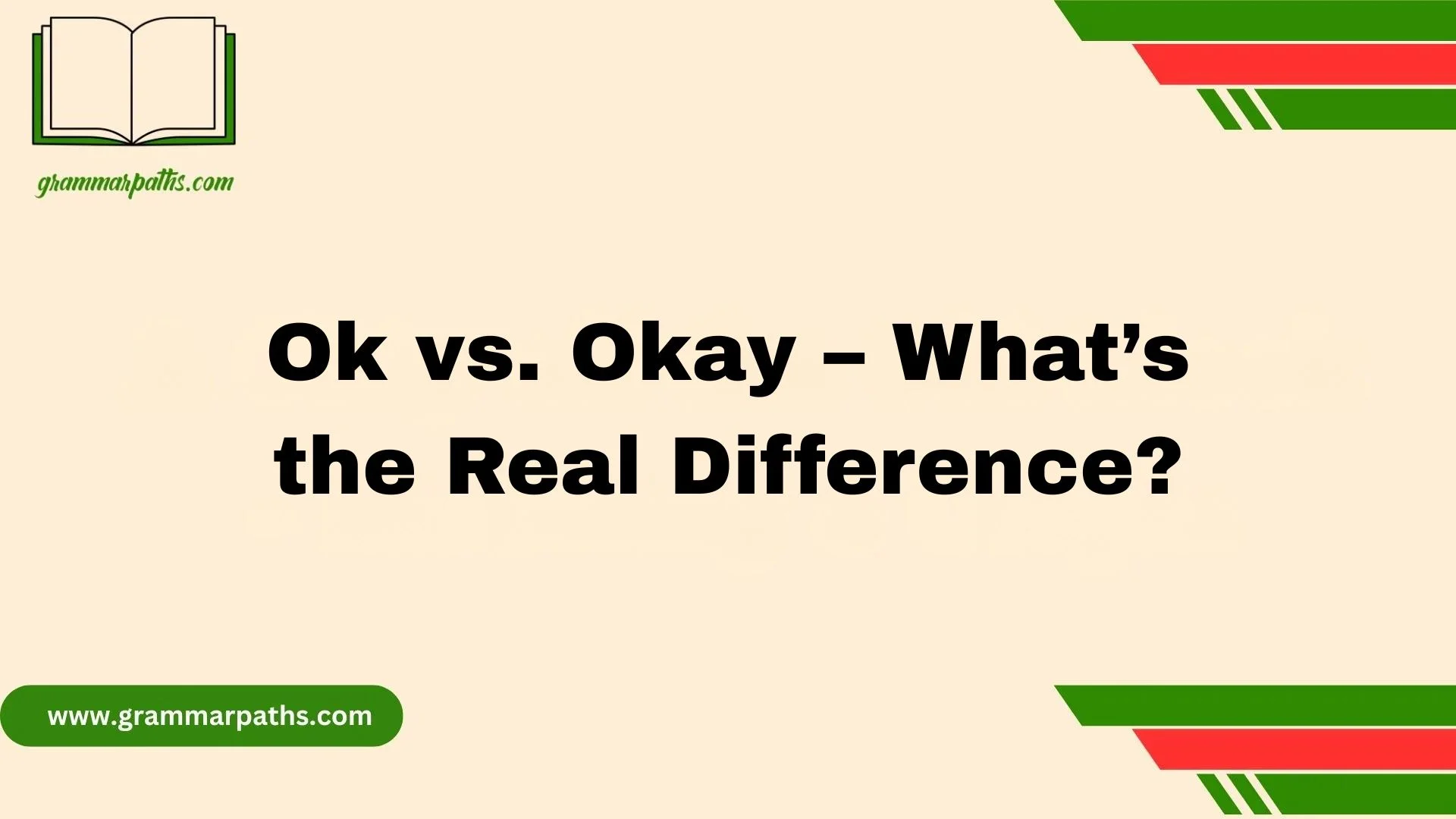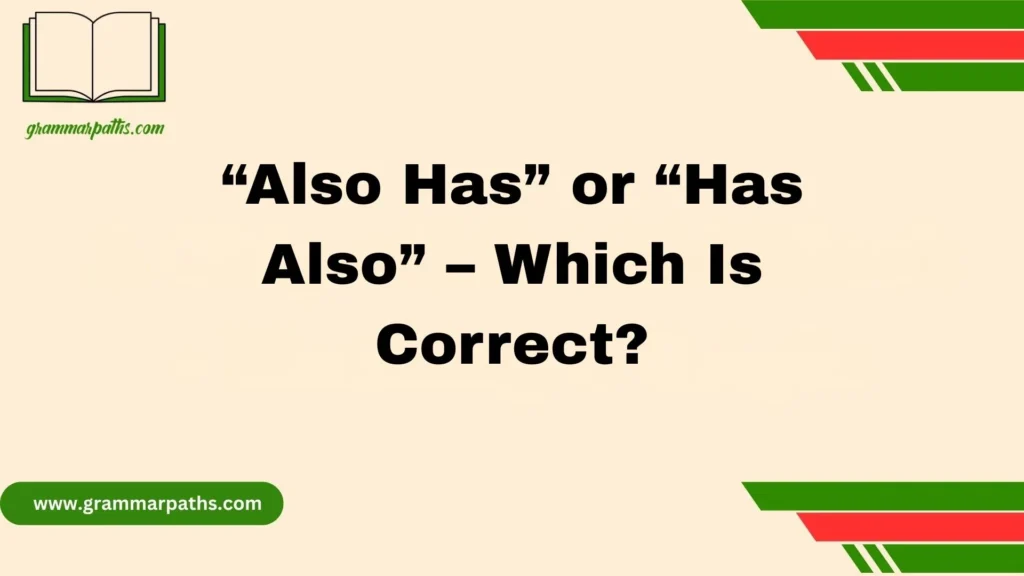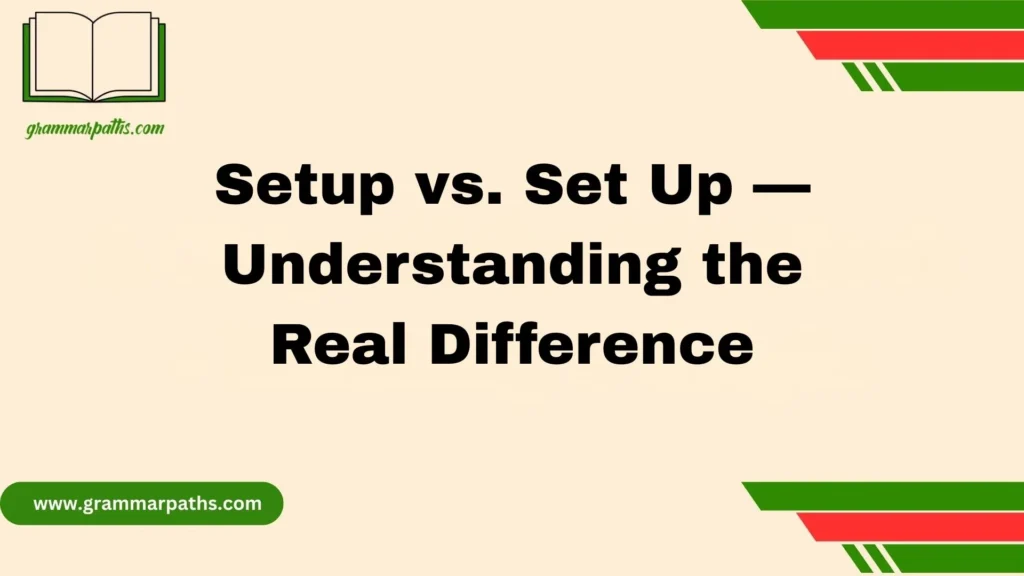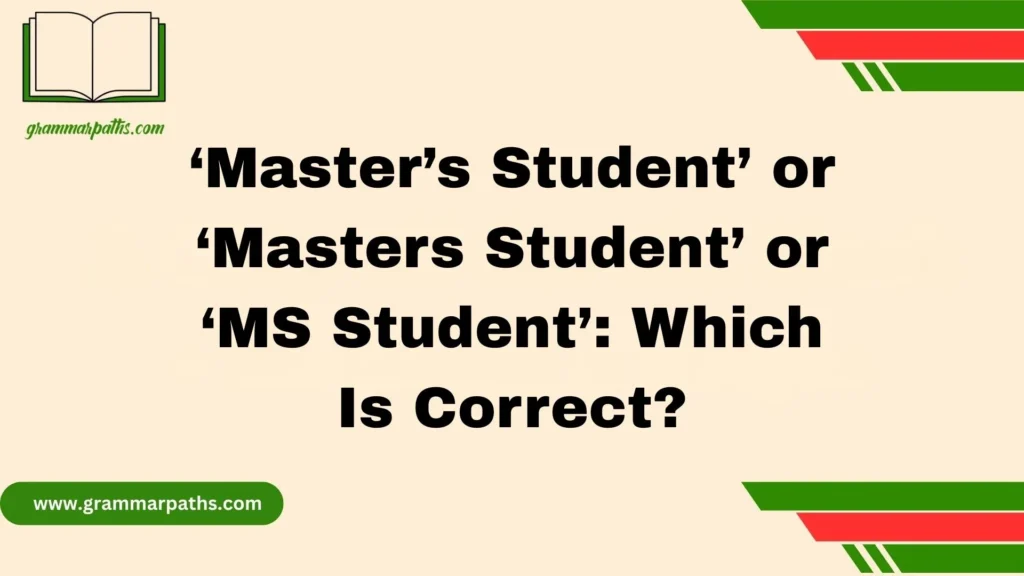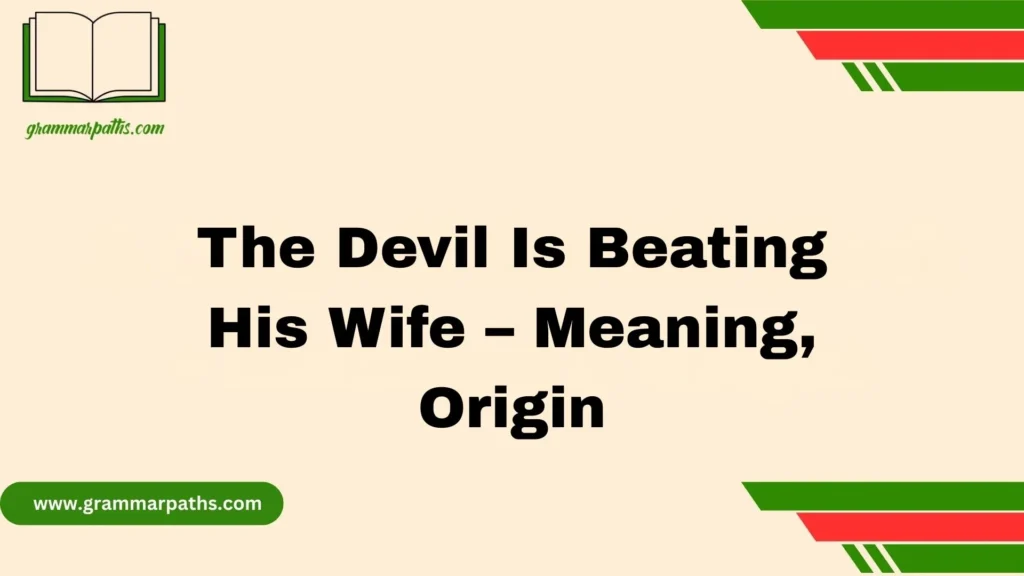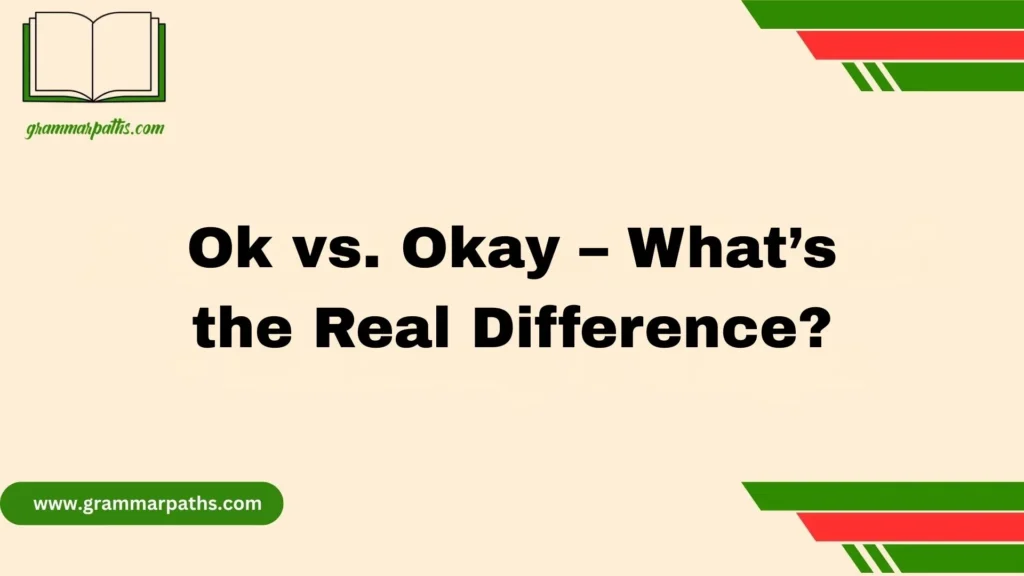When I first started writing professionally, I often wondered whether to write OK, Okay, or O.K.. Each term seemed to have its own spelling, meaning, and usage, and it was easy to get confused by how differently people used them. Over time, I learned that all three forms are perfectly acceptable in modern text, and their definition doesn’t really change the context of a sentence. This simple word has traveled the world and is now understood almost everywhere. It’s one of those rare expressions that has become commonplace, bridging cultures and languages. The difference lies mostly in style, not in grammar or correctness, so you can freely choose whichever version feels more natural to you.
The origin of this little word came from the 19th century, and its journey shows how language evolves. Some writers prefer Okay because it looks smoother, while others like OK for its simplicity. Personally, I switch between them depending on the context—in casual writing, I might use Okay, but in quick notes or messages, OK just feels right.
There’s no need to fear making the “wrong” choice, as either spelling is widely accepted around the world. You don’t need to be overly cautious about it. The key is to use the form that fits your tone and audience without worrying about breaking a rule that doesn’t really exist. Language, after all, has a flexible way of adapting, and this small yet powerful word proves just that—it connects one speaker to another effortlessly, leaving no one alone or confusing the message.
Quick Answer: Is There a Difference Between OK and Okay?
In short — no real difference in meaning.
Both “OK” and “Okay” express agreement, acknowledgment, or approval. However, they differ in tone, formality, and context.
- “OK” feels more concise, businesslike, or neutral.
- “Okay” sounds softer, more conversational, and human.
- Both are widely accepted in writing, speech, and digital communication.
Here’s a quick comparison table:
| Aspect | OK | Okay |
| Tone | Neutral, brief | Friendly, natural |
| Style | Abbreviation | Full word (phonetic spelling) |
| Formality | Slightly more formal | More casual |
| Common Use | Technical, business, lists | Everyday speech, friendly tone |
Think of “OK” as the shorthand version and “Okay” as the full word. Both work fine — but the tone you want to convey should guide your choice.
The Curious Origin Story: From ‘Oll Korrect’ to OK
The story of “OK” starts not in text messages or business reports — but in 19th-century humor.
In the 1830s, American newspapers were full of playful abbreviations. People shortened phrases in a deliberately misspelled way — kind of like how today’s internet uses memes or slang ironically.
One of these jokes was “Oll Korrect,” a humorous misspelling of “All Correct.”
Writers began abbreviating it as “O.K.” to keep the joke alive. Over time, the phrase lost its inside-joke status and entered mainstream language.
Here’s how it evolved:
| Year | Event | Impact |
| 1830s | “Oll Korrect” appears in Boston newspapers | Birth of “O.K.” |
| 1840s | Political campaigns adopt “O.K.” | Term gains national popularity |
| Late 1800s | Telegraph use and print expand it further | Becomes an accepted signal for agreement |
| 1900s onward | “Okay” spelling gains traction | Seen as a natural, phonetic alternative |
This quirky linguistic evolution turned “O.K.” into one of the world’s most enduring words — used in nearly every culture and language today.
Old Kinderhook and the Political Boost
The political world gave “OK” its biggest boost in 1840.
During the U.S. presidential campaign, Martin Van Buren, nicknamed “Old Kinderhook” (from his hometown in Kinderhook, New York), used “O.K.” as a campaign slogan.
Supporters formed the “O.K. Club,” and the abbreviation appeared on banners, buttons, and newspapers across the country. The slogan suggested that Van Buren was “Oll Korrect” — solid, reliable, and dependable.
Though Van Buren lost the election, the term stuck. “O.K.” had officially entered the American vocabulary and would never leave it.
Spelling Evolves: OK, O.K., and Okay
Once “O.K.” caught on, it began to evolve into multiple spellings.
- O.K. – the original, with periods, reflecting its abbreviation origins.
- OK – a streamlined version, dropping the periods for simplicity.
- Okay – the phonetic spelling, designed to look and sound more like a real word.
Let’s compare them clearly:
| Form | Type | Common Usage | Example |
| O.K. | Original abbreviation | Older texts, formal writing | “Everything is O.K.” |
| OK | Modern simplified version | Everyday writing, business | “The system is OK.” |
| Okay | Phonetic full form | Casual, conversational writing | “Okay, I’ll be there.” |
Today, OK and Okay dominate — while O.K. feels slightly old-fashioned.
Technology helped this shift. Typing “OK” is faster on keyboards and phones, making it the go-to form for digital messages and corporate communication.
OK vs. Okay in Everyday Use
Language is emotional, and how we spell a word can subtly change its tone.
Let’s see how “OK” and “Okay” behave in daily communication:
- In text messages:
“OK” feels brief or even abrupt — especially in emotional contexts.
“Okay” adds warmth and reassurance. - In emails:
“OK” suits business updates or quick confirmations.
“Okay” feels more polite in friendly or collaborative exchanges. - In speech:
Both sound identical, but when written, the reader senses a tone difference.
Here’s how that plays out:
| Situation | Best Choice | Example |
| Texting a friend | Okay | “Okay, can’t wait to see you!” |
| Responding to a manager | OK | “OK, I’ll send the file today.” |
| Academic paper | OK | “The results were OK after testing.” |
| Blog or novel dialogue | Okay | “Okay, let’s give it a shot.” |
Tone Tip: If you want warmth and friendliness, use “Okay.” If you need precision or formality, go with “OK.”
Formal Writing and Style Guide Preferences
Professional and academic writing often follows style guides. Let’s look at what some of the major authorities say:
| Style Guide | Preferred Form | Notes |
| AP Stylebook | OK | “Okay” is not used. |
| Chicago Manual of Style (CMOS) | Either | Consistency is key — pick one and stick to it. |
| Merriam-Webster Dictionary | Both correct | “OK” is listed as the main entry; “Okay” as a variant. |
| Oxford English Dictionary (OED) | Both | Notes historical development from “O.K.” to “Okay.” |
Professional Recommendation
If you’re writing for journalism, academia, or business, “OK” is safer.
If your goal is a friendly tone (in blogs, marketing, or fiction), “Okay” often feels more approachable.
Cultural and Global Acceptance of OK
“OK” has achieved something very few words have — global recognition.
It’s understood in nearly every country, even by non-English speakers.
- In Japan: written as “オーケー” (ōkē)
- In Spain and Latin America: “okey”
- In France: “d’accord” and “ok” coexist
- In Germany: “ok” or “okay” are used interchangeably
Even in professional aviation, the military, and tech systems, “OK” is universal. From pilots confirming signals to software prompts reading “Press OK to continue,” it’s an international symbol of confirmation.
This universality also makes it one of the most borrowed words in linguistic history.
Psychological and Linguistic Insights
Why did “OK” become so dominant?
Linguistically, it’s short, balanced, and easy to pronounce. Psychologically, it represents clarity and agreement — two essential aspects of communication.
- It has a strong, open vowel sound followed by a crisp consonant, which feels decisive.
- It’s neutral, allowing it to fit anywhere — positive, negative, or neutral contexts.
- Its brevity suits the brain’s tendency to favor quick, recognizable patterns.
Consider how people use “OK” to mean completely different things depending on tone:
“OK.” → could mean indifference
“OK!” → enthusiasm
“Okayyy…” → hesitation
“Okay.” → final confirmation
This flexibility makes it one of the most emotionally adaptable words in English.
The Role of Technology and Digital Communication
Digital communication reshaped how we perceive tone — and “OK” vs. “Okay” plays a big part in that.
- Text messaging: People now read tone from punctuation and spelling. A simple “OK.” can sound cold, while “Okay!” sounds friendly.
- Social media: “Okayyy” or “okie” are playful, emotional variants.
- Email and chat tools: “OK” conveys efficiency; “Okay” softens directives.
Studies show that in corporate Slack messages, “OK” is used 64% more often than “Okay” — mainly due to brevity and professionalism.
But in personal texting, “Okay” dominates, reflecting its emotional warmth and natural rhythm.
Common Misconceptions About OK and Okay
Many myths surround these two spellings. Let’s clear them up:
| Myth | Reality |
| “Only one spelling is correct.” | Both are correct. Usage depends on tone and context. |
| “Okay” is more modern.” | True — “Okay” appeared later as a phonetic form. |
| “OK sounds rude.” | Only if tone or punctuation makes it seem curt. |
| “O.K.” is still the best form.” | Rarely used now, except for historical accuracy. |
| “OK is an acronym.” | Technically, yes — from “Oll Korrect.” But now it functions as a standalone word. |
Which Should You Use? Practical Guidelines
Choosing between “OK” and “Okay” depends on context, tone, and audience.
Here’s a practical guide:
| Context | Best Choice | Reason |
| Business emails | OK | Feels concise and professional |
| Academic writing | OK | Accepted standard form |
| Friendly texts | Okay | Feels more personal |
| Creative writing | Okay | Matches conversational rhythm |
| Technical instructions | OK | Clear, standardized signal |
Checklist for Choosing:
- Writing for work? → Go with OK
- Texting or chatting? → Choose Okay
- Unsure? → Pick one and stay consistent throughout your text or document.
Remember: consistency is more important than correctness here.
Fun Facts About OK
Here are a few fascinating things most people don’t know about OK:
- It’s one of the first English words understood globally.
- Used in NASA transmissions to confirm space mission steps.
- Appeared in early telegraph codes as a confirmation signal.
- The “OK” hand emoji has cultural variations — in some countries it means “great,” while in others it can be offensive.
- “OK” is one of the few words that has remained unchanged in spelling and meaning for nearly two centuries.
Summary Table: OK vs. Okay – Key Takeaways
| Feature | OK | Okay |
| Origin | 1830s abbreviation of “Oll Korrect” | Later phonetic variant |
| Tone | Neutral or businesslike | Friendly and natural |
| Length | Short | Longer, phonetic |
| Use in Writing | Technical, formal | Casual, conversational |
| Style Guide Preference | AP: OK | CMOS: Either |
| Global Use | Universal | Common but slightly less formal |
Bottom line: Both spellings are perfectly fine — your choice depends on tone, formality, and consistency.
Conclusion
In the end, both OK and Okay mean the same thing — they’re simply two spellings of the same word. Whether you write O.K., OK, or Okay, it’s all about personal style and context. You can confidently use either form without worrying about being wrong, as all are acceptable and well understood around the world. The difference is mostly visual, not grammatical. So, if you’ve ever feared choosing the “wrong” one, remember: both are perfectly fine. Language evolves, and this term has shown how flexible English can be. What matters most is clarity — as long as your readers get your meaning, you’re doing just fine.
FAQs
1. Is “OK” more correct than “Okay”?
No. Both are correct. OK is more common in business and informal writing, while Okay appears more in conversational or narrative contexts.
2. What about “O.K.” with periods?
It’s just an older spelling style. You can use it, but it’s less common today. Most people prefer the simpler OK or Okay.
3. Which one should I use in formal writing?
In formal or academic writing, OK is often preferred because it looks cleaner. However, Okay is also widely acceptable.
4. Why are there different spellings at all?
The origin of “OK” goes back to humorous abbreviations from the 1800s. Over time, variations like “Okay” developed as the word became more commonplace and globally understood.
5. Does the meaning change depending on how I write it?
Not at all. The meaning stays the same — it’s just a stylistic difference. Use whichever feels natural to you.

Grace Marie is the dedicated writer behind GrammarPaths.com, where she shares her passion for English grammar, idioms, and writing mastery. With a strong background in language studies and years of experience helping learners improve their communication skills, Grace creates clear, practical, and engaging content that makes English easy to understand.
